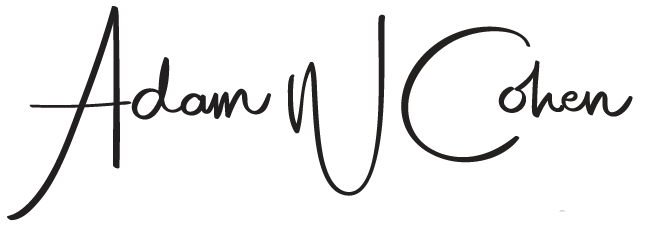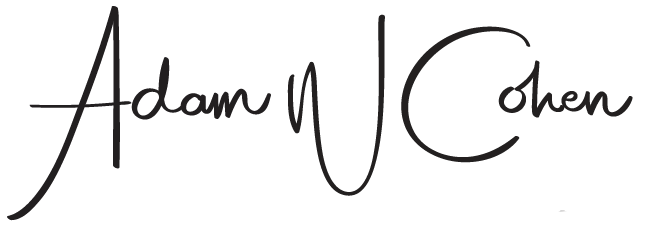Friends of Astoria Heights Park

The Problem
The chronically underfunded and understaffed New York City Parks Department cannot properly support its more than 1700 parks and recreational areas.
Astoria Heights Park was neglected for decades.
Buckling concrete resulted in tripping hazards for little kids around the playground. With an insufficient number of trash cans and irregular park maintenance, overflowing trash plagued the Park during and after its peak usage times. Sparse and outdated play equipment was laid out on thick rubber mats intended to cushion falls but were as hard as concrete. After moderate rain, severe drainage issues led to flooding and erosion.
Taken together, these issues resulted in a lack of neighborhood pride in the Park. Nobody was advocating for improvements to this space.
the problem solvers
In 2013, I joined other concerned parents led by local Mom and friend, Lynn Kennedy, to form Friends of Astoria Heights Park. We agreed to the following strategic priorities:
(1) Build a strong and vigorous community excited about improving our park through regular volunteer opportunities and creative initiatives
(2) Create compelling opportunities to involve local businesses, nearby school principals and teachers, local and statewide elected officials, and Parks Department officials in our Park initiatives
(3) Attract funding for a redesign of our park to address its structural problems, preserve and expand its green spaces, make it cleaner and safer, improve the equipment available to younger children, and offer more attractions to neighbors of all ages.



BRINGING PEOPLE TOGETHER THROUGH BRANDING AND EVENTS
When you’re advocating for 1 park among 1700, most of whom are complaining about similar problems
how do you become the Park that earns a response?
We resolved to demonstrate our willingness to take action on our own,
flooding our neighborhood with fun and enticing events organized around
celebrating our Park by helping it.
Our game plan centered on branding ourselves as happy advocates for Park improvements more than willing to roll up our own sleeves, publicizing our events effectively in our multicultural neighborhood, and inviting the participation of local, city, and state stakeholders.
The logo concept I art directed for our group was “a tree with multi-colored leaves.” The intention was to blend the symbolism of durable and sustainable long-term growth with a celebratory allusion to the diversity of our neighborhood. I wanted a style that felt like a child’s drawing. Rallying around the Park to improve it for our children would be a recurring theme in our community building and advocacy. The tree is also a nod to our desire for a greener space.
The initial challenges before us were to convince people to take action on issues perceived as intractable, and to come together across cultural and ethnic divides.
To foster genuine, cross-cultural, interpersonal bonding, we began hosting pot luck lunches, and from the start we translated our event and meeting announcements into Arabic and Spanish whenever feasible.



We publicized and hosted events throughout 2014. Everyone at the Park was actively invited to join our group, bring food to the next event, tell their neighbors about us, join our Facebook group to receive notifications about fun scheduled activities for their children and all-ages volunteer opportunities. The transition to a more bonded community was underway.
I spent time petitioning at the park, meeting hundreds of people, gathering signatures in support of our goals and listening to their feedback and thoughts. Attendance at pot luck lunches grew, more volunteers showed up for flower planting and tree care events, and notably for events at which everyone cleaned and painted our space. I created and disseminated brochures to local businesses and to the offices of local politicians featuring my photography from these events.
Most gratifyingly, the increased involvement of neighbors reflected the diversity of our neighborhood, and eventually included some of the elected officials whose advocacy would prove indispensable to our success.
PLEASE REFRESH THIS PAGE IF YOU DO NOT SEE a brochure image BELOW THIS HEADING.






LEVERAGING ART TO ESTABLISH A VISION AND STRENGTHEN ALLIANCES
A local artist approached our group with a brilliant community art idea — a vibrant flora and fauna mural to be painted in our Park by children of all ages from schools throughout our neighborhood.
She created a mock-up of her mural idea, and I used photography and compositing techniques in Adobe Photoshop to create a slideshow showcasing the potential aesthetic impact.
Instead of begging decision makers for budget allocations, our group gave them the more attractive option of approving our initiatives. The mural project was approved by the Parks Department, and all of our local politicians, including the Queens Borough President and our councilman, became enthusiastic supporters.
We won the support and involvement of local schools after making presentations to the principals. Volunteer students of all ages took turns executing their sections of the mural under the guidance of our volunteer mural artist and Parks Department staff.
The completion of the mural project was a turning point. Not only was it a public relations coup for our group, but the Park itself gained stature in our community.
Next, we ran an art contest among school-age children; winners were invited to paint their designs on our trash cans. The group had momentum and a growing reputation for creative and meaningful volunteer work.












Art-based, community-building exercises elevated our group’s profile, publicized our goals, and established our neighborhood’s willingness to meet the city more than halfway to make Astoria Heights Park a gem.

Over the course of four action-packed years, Friends of Astoria Heights Park achieved each of its goals.
Our community came together, acquaintances became friends, and regular activities and opportunities to beautify and celebrate our space were increasingly well attended. The neighborhood felt closer with each passing year than it had been at our start. People were proud of their volunteer work on behalf of the Park.
In 2017, Astoria Heights Park was one of fewer than a handful of public parks allocated funds (over $6 million) to revamp our Park’s drainage system and bathrooms, incorporate new equipment for the kids as well as a water sprinkler park, and to implement a design featuring well-defined spaces for different age groups to enjoy.
Our group ensured that all voices in the neighborhood had multiple opportunities to express their preferences and priorities directly to the architects responsible for designing the renovation. There were passionate disagreements, but over one hundred neighbors were actively involved in this process. At our first meeting in 2013, about eight people attended.
In 2019, when Astoria Heights Park reopened, the whole community celebrated. This park was not on anyone’s radar when our project began. Now it’s safer, cleaner, greener, and more utilized than ever.
Friends of Astoria Heights Park is less active now, but continues to host activities and emphasize the role of the community in keeping our Park safe, beautiful, and inspiring.



